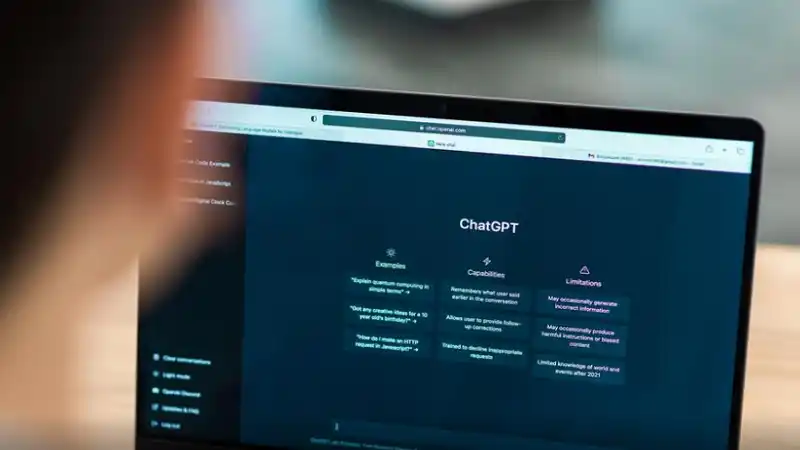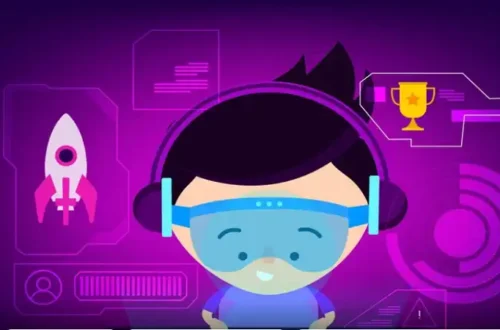In this article, we will dive into understanding what OpenAI’s 150K ChatGPTGhaffaryBloomberg is, its potential use cases, and the practical steps on how to leverage this AI tool for productivity, business growth, and innovation.
What Is OpenAI 150K ChatGPTGhaffaryBloomberg?
Before we dive deeper into how to use this technology, let’s first break down what “OpenAI 150K ChatGPTGhaffaryBloomberg” entails. While specific terms like “150K” and “ChatGPTGhaffaryBloomberg” might not refer to a single, standardized model, they likely represent new AI configurations or implementations based on OpenAI’s general technology. This could include tailored versions of GPT models designed for specific business applications or projects.
As of now, OpenAI’s GPT models, such as GPT-3 and GPT-4, have been widely praised for their ability to understand and generate human-like text. The addition of specific features like “150K” might indicate a unique version, potentially offering access to an even larger knowledge base or specialized training in areas such as business strategy, data analysis, or even news aggregation, similar to Bloomberg’s focus on financial data.
Core Features of OpenAI’s GPT Models:
- Language Generation: AI models like GPT can generate human-like text based on prompts.
- Multilingual Support: GPT models can operate in multiple languages, increasing accessibility for international teams.
- Advanced Understanding: These models understand context and nuance, making them effective for conversations and problem-solving.
- Adaptability: With fine-tuning, GPT models can be customized to specific industries or tasks.
Practical Steps to Leverage OpenAI 150K ChatGPTGhaffaryBloomberg
Now that we have a clearer understanding of what OpenAI’s 150K ChatGPTGhaffaryBloomberg could represent, let’s move on to practical applications and steps for utilizing this technology. Whether you’re an entrepreneur, business leader, or a professional in any field, you can follow these steps to integrate AI tools into your workflow for better results.
1. Understand Your Objectives and Goals
Before diving into AI tools, take some time to reflect on your goals. Are you looking to enhance customer support? Improve content creation? Or perhaps streamline data analysis? Understanding your specific needs will help you determine how best to apply OpenAI’s capabilities to your business or personal endeavors.
For example:
- Customer Support: AI tools like GPT can be used to create chatbots that answer queries, saving you time and resources.
- Content Creation: Writers and marketers can use GPT-powered tools to generate articles, blog posts, or marketing copy.
- Data Insights: Businesses can use AI to analyze large datasets and gain actionable insights, similar to Bloomberg’s financial analytics.
2. Choose the Right Model or Tool
OpenAI provides various GPT models with different levels of sophistication. For instance, GPT-3 is already capable of creating human-like responses, while the newer GPT-4 is more advanced, capable of deeper understanding and more complex tasks.
To effectively use OpenAI’s 150K ChatGPTGhaffaryBloomberg model, follow these guidelines:
- For Text Generation and Content Creation: Choose a model trained with a broad dataset for creative applications, such as writing articles or generating social media content.
- For Data Analysis and Financial Insights: If your focus is data, look for versions fine-tuned for analytical tasks, potentially similar to Bloomberg’s approach to finance.
- For Business Applications: If you’re focused on customer service or productivity, select a model optimized for conversation or task management.
3. Integrate ChatGPT Into Your Workflows
Once you’ve identified the right tool, it’s time to integrate ChatGPTGhaffaryBloomberg into your everyday workflows. Below are a few practical use cases:
- Automated Content Generation: Use GPT models to generate high-quality content for blogs, social media posts, or email newsletters. Simply provide the AI with a prompt, and it can generate a piece of writing based on your needs.
- Data-driven Decision Making: If you work in finance or data-heavy industries, using a model trained on business and financial data can assist in generating reports, analyzing trends, or forecasting outcomes.
- Customer Support Automation: OpenAI models can be implemented in chatbots or virtual assistants to provide 24/7 customer support. By training your AI on your specific industry and frequently asked questions, you can enhance user experience.
4. Customize the AI to Your Specific Needs
The flexibility of OpenAI’s GPT technology allows businesses to tailor the AI’s responses to their particular niche. This customization is important to ensure that the AI understands and addresses your unique challenges effectively.
Here’s how to customize:
- Fine-tuning Models: Train the model on your proprietary data or the types of interactions you expect (e.g., industry-specific language or jargon).
- Create Templates: Develop prompts or structured instructions to guide the AI’s responses in a way that best suits your business.
- Integrate with APIs: If your business requires more technical integration, OpenAI’s models can be linked to other software via APIs, enabling seamless automation of tasks.
5. Monitor and Optimize AI Performance
It’s essential to monitor how OpenAI’s models are performing once integrated into your business. AI tools require ongoing adjustment to ensure they meet expectations.
- Track Accuracy: Regularly review the AI’s output for relevance, accuracy, and tone. If errors arise, fine-tune the system to address them.
- Evaluate ROI: Monitor the impact on your bottom line. For example, did AI improve customer satisfaction, save time in operations, or enhance marketing outcomes?
- Iterate Based on Feedback: Use insights from users and your team to make iterative improvements to your AI implementation.
6. Stay Informed and Adapt to Changes
AI technology is constantly evolving. New features, updates, and best practices emerge frequently, so staying informed is key. Subscribe to industry newsletters, attend webinars, and read case studies to keep up with new developments, particularly as OpenAI’s offerings evolve.
For instance, OpenAI is likely to release newer iterations of their models or advancements in training techniques, similar to how Bloomberg constantly updates its financial models. By staying informed, you’ll ensure that your AI implementation remains state-of-the-art.
Conclusion: Embrace the Future with OpenAI 150K ChatGPTGhaffaryBloomberg
OpenAI’s models, particularly the “150K ChatGPTGhaffaryBloomberg” configuration, offer transformative potential for industries across the globe. By understanding your goals, choosing the right model, and integrating it into your workflow, you can take advantage of this powerful AI tool to enhance productivity, create impactful content, and drive data-driven insights.
The future of AI is here, and embracing it could be a game-changer for your business or personal endeavors. Start small, optimize over time, and soon, you’ll find yourself unlocking new opportunities and efficiencies that were once thought unattainable. The power of AI is in your hands – use it wisely, and the benefits will follow.





